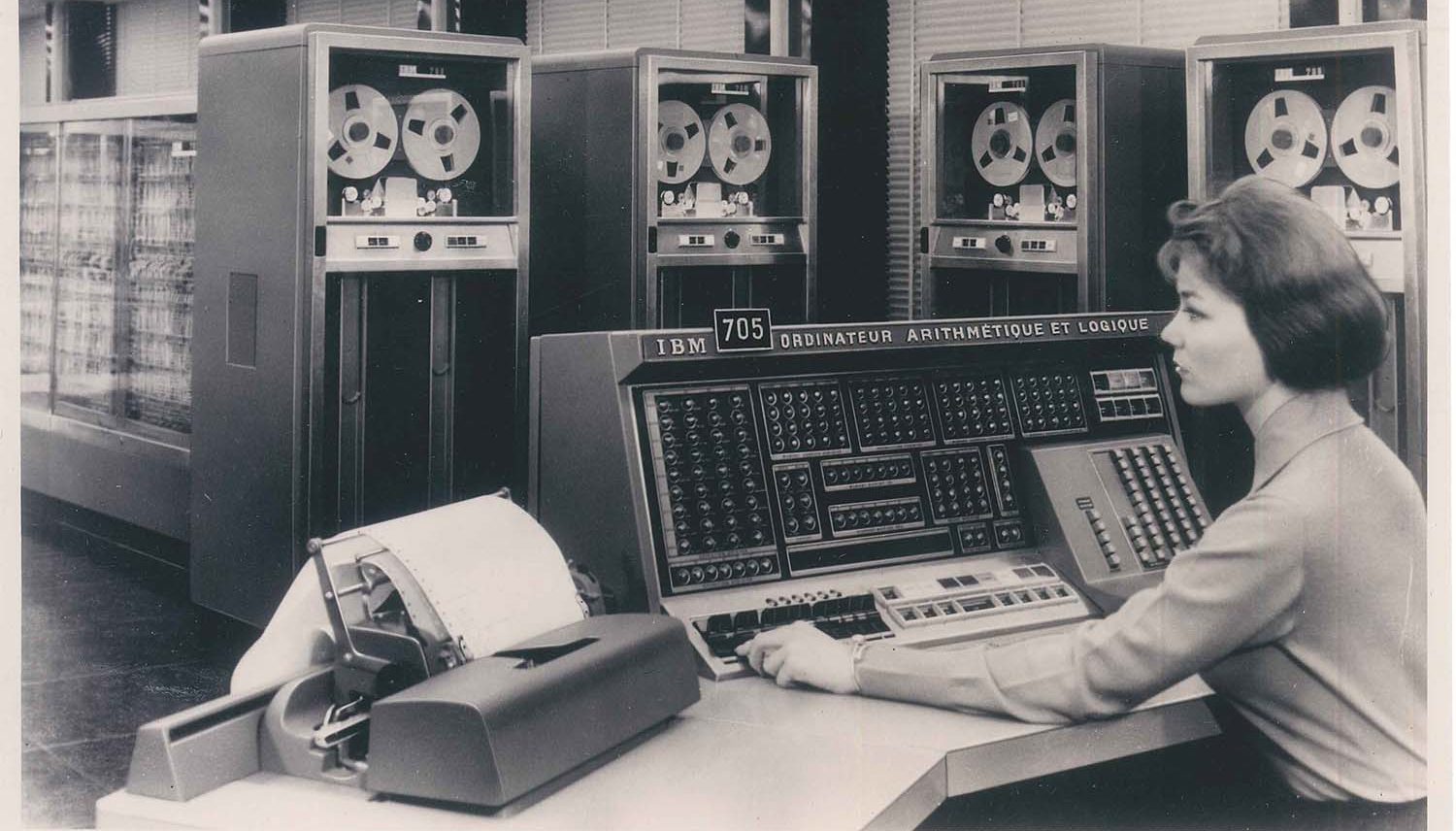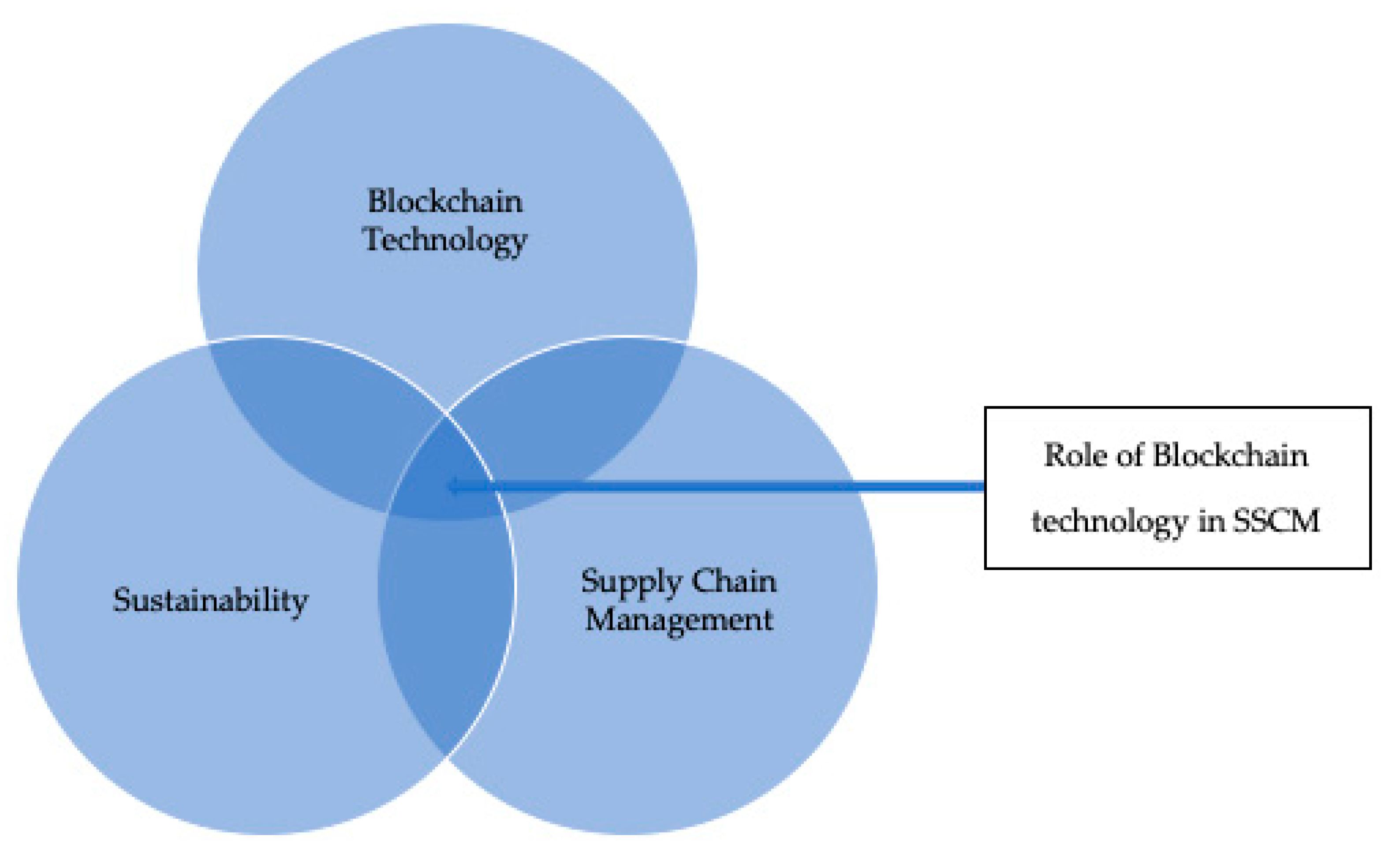Early Beginnings
The concept of online banking may seem like a product of the digital age, but its roots can be traced back to the early 1980s. At that time, the advent of computers and the increasing popularity of telecommunication technologies laid the foundation for what would ultimately become online banking.
In the early days, banks started experimenting with computerized systems to improve their operations. These systems allowed for the automation of simple banking tasks, such as account balance inquiries and fund transfers. However, it was still a far cry from the modern online banking experience we enjoy today.
One of the earliest examples of electronic banking was the development of automated teller machines (ATMs). In the late 1960s and early 1970s, ATMs began to emerge, enabling customers to perform basic transactions without the need for human assistance. This innovation laid the groundwork for the future of online banking by introducing the idea of self-service banking.
As computers became more accessible and affordable in the 1980s, banks started to explore the possibility of linking their systems to create a network for interbank transactions. This gave birth to the concept of ATM networks, connecting different banks and allowing their customers to access their accounts at any participating ATM.
However, it wasn’t until the late 1980s and early 1990s that the true foundations of online banking were established. This was the era when home banking systems began to emerge. Customers could now access their bank accounts and perform various transactions using their personal computers and telephone lines. While these early systems were limited in functionality, they provided a glimpse into the future of banking.
These early stages of online banking laid the groundwork for what would later become a revolutionary shift in the banking industry. The advancements in technology and the rise of the internet would catapult online banking into mainstream adoption, transforming the way we conduct our financial transactions.
The Rise of ATM Networks
In the early stages of banking automation, one of the significant breakthroughs was the establishment of ATM networks. These networks connected multiple banks and allowed customers to access their accounts from any participating ATM, regardless of the bank they held their accounts with. This development revolutionized the way people interacted with their banks and laid the foundation for the future of online banking.
The concept of ATMs was introduced in the late 1960s and early 1970s, with the first fully functional ATM installed by Barclays Bank in London in 1967. These machines offered customers the ability to withdraw cash and check their account balances, eliminating the need for human interaction for basic banking transactions.
As the popularity of ATMs grew, banks recognized the value of interconnecting these machines to create a network that could expand their reach and provide seamless banking experiences to their customers. The early ATM networks allowed customers to access their accounts and perform transactions even when they were away from their home bank branch.
One of the most notable ATM networks was the NYCE network, established in the United States in the early 1980s. This network enabled customers to use any participating ATM within the network to conduct their banking activities. Similar networks, like Plus and Cirrus, soon emerged, providing even broader access to banking services for customers around the world.
The rise of ATM networks not only benefited customers but also brought numerous advantages to the banks themselves. By joining these networks, banks could expand their customer base and attract new clients who valued the convenience and accessibility offered by ATM services. Additionally, the establishment of ATM networks significantly reduced the overhead costs associated with maintaining multiple standalone ATMs.
However, it is important to note that ATM networks were still limited to basic banking transactions. Customers could withdraw cash, check their account balances, and in some cases, make deposits. More advanced banking services, such as fund transfers and bill payments, were not yet available through ATMs.
Nonetheless, the rise of ATM networks marked a significant step towards the modernization of banking services. It laid the groundwork for the development of more sophisticated technologies and set the stage for the emergence of online banking in the years to come.
Emergence of Home Banking
In the late 1980s and early 1990s, another major milestone in the evolution of banking technology took place: the emergence of home banking. Home banking systems allowed customers to access their bank accounts and perform various transactions from the comfort of their own homes using personal computers and telephone lines. This innovation brought convenience and flexibility to banking, paving the way for the future of online banking.
The early home banking systems were relatively simple, offering basic features such as checking account balances and reviewing transaction histories. Customers could also initiate fund transfers between their accounts and pay bills electronically, eliminating the need for paper checks and manual payments.
To access these services, customers needed a personal computer, a modem, and the appropriate banking software. They would dial into their bank’s remote server using their telephone line, establish a secure connection, and then proceed to conduct their banking activities through the user-friendly interface provided by the software. While the process required a certain level of technical knowledge, it provided customers with newfound convenience and control over their finances.
Despite the advantages, home banking faced some challenges in its early years. Internet access was not yet widespread, so most connections were made via telephone lines. This meant that users had to contend with slow dial-up speeds and the possibility of interrupted connections.
Additionally, security was a concern during this time. Banks invested in encryption technologies to protect sensitive data transmitted between the customer’s computer and the bank’s servers. However, there were still concerns about the security of these systems, and customers had to take precautions to ensure the safety of their online transactions.
The emergence of home banking marked a significant shift toward customer-centric banking. It empowered individuals to take control of their finances, reducing the reliance on physical visits to bank branches. Customers could conduct their banking activities at any time, from anywhere, enabling greater flexibility and convenience in managing their money.
The rapid advancements in technology and the increasing availability of internet connectivity laid the foundation for the next phase in banking evolution: the birth of online banking. This shift would see banking services become even more accessible, secure, and comprehensive, ultimately transforming the way we interact with our banks in the digital age.
Internet Revolution and the Birth of Online Banking
The advent of the internet in the late 1990s brought about a technological revolution that would forever change the banking industry. As internet access became more widespread and reliable, banks seized the opportunity to leverage this powerful network to provide their customers with a more advanced and comprehensive banking experience – the birth of online banking.
Online banking allowed customers to access their bank accounts and conduct a wide range of financial transactions through secure websites or dedicated banking applications. This marked a significant departure from the limitations of home banking, as it provided a more user-friendly interface, enhanced security measures, and expanded functionality.
Customers could now view their account balances, track transactions in real-time, transfer funds between accounts, pay bills online, set up recurring payments, and even apply for loans or credit cards – all with just a few clicks of a button. This newfound convenience, coupled with the increasing emphasis on security measures, helped online banking gain popularity among individuals and businesses alike.
The birth of online banking brought about a fundamental shift in the relationship between customers and their banks. No longer limited by geographical constraints or banking hours, customers could now access their accounts whenever they wanted, from any location with an internet connection. This newfound freedom and accessibility transformed the way people managed their finances, freeing them from the confines of traditional brick-and-mortar banking.
To ensure the security of online transactions and protect customer data, banks invested heavily in sophisticated encryption technologies and implemented multi-factor authentication processes. These security measures provided customers with peace of mind when conducting their financial affairs online, further contributing to the widespread adoption of online banking.
As the internet continued to advance, so did online banking. Banks began to develop mobile banking applications, allowing customers to access their accounts and perform banking transactions using their smartphones and tablets. This mobile revolution provided even greater convenience, as people could now manage their finances while on the go, making it easier than ever to stay in control of their money.
The internet revolution and the subsequent birth of online banking transformed the banking industry, making financial transactions more convenient, secure, and accessible. As technology continues to evolve, online banking is expected to become even more integrated into our daily lives, changing the way we handle our financial affairs in the future.
Advancements in Technology and Mobile Banking
Advancements in technology have played a crucial role in shaping the evolution of online banking. One of the most significant developments in recent years has been the rise of mobile banking, which has further revolutionized the way we manage our finances. Mobile banking takes advantage of the widespread adoption of smartphones and tablets, allowing customers to carry out banking activities anytime, anywhere.
Mobile banking apps provide users with a user-friendly interface and a host of advanced features. Customers can securely access their accounts, check balances, transfer funds, deposit checks using their device’s camera, monitor transactions, and even manage their investment portfolios. The convenience and accessibility offered by mobile banking have made it increasingly popular, with millions of users relying on these apps for their daily banking needs.
To ensure the security of mobile banking transactions, banks have implemented stringent security measures. These include two-factor authentication, biometric authentication (such as fingerprint or facial recognition), and encryption of data transmitted between the mobile device and the bank’s servers. These advanced security protocols provide peace of mind to customers and reinforce the trust in mobile banking services.
The advancements in technology have also led to the integration of additional services into online and mobile banking platforms. Customers can now link their financial accounts with other applications or services, such as budgeting tools or personal finance management apps. These integrations provide users with a holistic view of their finances, helping them make better financial decisions and manage their money more effectively.
Another notable advancement in online banking technology is the use of artificial intelligence (AI) and machine learning. Banks are adopting AI-powered chatbots and virtual assistants to enhance customer service and provide instant support. These virtual assistants can answer basic inquiries, help with transactional activities, and provide personalized recommendations based on the user’s financial behavior. This integration of AI adds a human-like touch to the banking experience, making it more efficient and personalized.
Blockchain technology, most commonly associated with cryptocurrencies, is also making its way into online banking. Banks are exploring the use of blockchain for secure and transparent transaction processing, enhancing security, reducing fraud, and streamlining processes such as international money transfers or identity verification.
As technology continues to advance, so too will online and mobile banking. The future holds promise for even more advanced features, such as augmented reality (AR) interfaces, voice-activated banking, and further integration with emerging technologies like Internet of Things (IoT) devices. These advancements will continue to shape the way we interact with our banks, making banking more seamless, efficient, and tailored to individual customer needs.
The Current State of Online Banking
In today’s digital landscape, online banking has become an integral part of the banking industry. The convenience, accessibility, and security offered by online banking have made it a preferred method of managing finances for millions of individuals and businesses around the world.
The current state of online banking is defined by its widespread adoption and the continuous evolution of its features and functionalities. Most banks now offer comprehensive online banking platforms that allow customers to access their accounts, perform transactions, and access additional services from their computers or mobile devices.
One of the key advantages of online banking is its 24/7 availability. Customers can conveniently access their accounts and conduct transactions at any time, regardless of traditional banking hours. This flexibility is particularly valuable for individuals with busy schedules, as it eliminates the need to visit a bank branch during specific hours.
Online banking also offers a wide range of services and features. Customers can view account balances, review transaction histories, transfer funds between accounts, set up automatic bill payments, order checks, and open new accounts – all from the comfort of their own homes or on-the-go through mobile apps. Many banks also provide online customer support and offer secure messaging systems for communication with bank representatives.
Security remains a top priority in online banking. Banks employ advanced security measures, such as encryption, multi-factor authentication, and fraud prevention algorithms, to safeguard customer data and prevent unauthorized access. Customers are also encouraged to take precautions, such as regularly updating passwords, avoiding public Wi-Fi for banking transactions, and monitoring their accounts for suspicious activity.
Online banking has not only improved convenience for individual customers but has also transformed the way businesses handle their finances. Businesses can manage payroll, pay vendors and suppliers, review financial statements, and conduct other essential financial tasks through online banking platforms designed specifically for their needs. This streamlines the financial management process and improves overall efficiency.
Furthermore, online banking has paved the way for digital banking innovation. Fintech startups and established banks alike are continuously introducing new features and services to enhance the online banking experience. These innovations include AI-powered financial assistants, personalized financial recommendations, cash management tools, and integration with other digital services to create a comprehensive financial ecosystem.
While online banking has become the norm, it is important to note that traditional banking services still have their place. Some customers prefer the personal touch of face-to-face interactions or the specific services offered by bank branches. However, the convenience, accessibility, and flexibility of online banking continue to propel its growth and shape the future of the banking industry.
The Future of Online Banking
As technology continues to advance at a rapid pace, so too will the future of online banking. The digital banking industry is poised for further transformation, with a range of exciting trends and developments on the horizon.
One of the key drivers of the future of online banking is the increasing adoption of mobile devices. As smartphones become even more integrated into our daily lives, mobile banking is expected to take center stage. Banks will continue to enhance their mobile apps, offering more advanced features, improved user interfaces, and seamless integration with other digital services. Mobile banking will likely become the primary channel for customers to manage their finances, driving further innovation in this space.
Artificial intelligence (AI) and machine learning will also play a significant role in the future of online banking. Banks are implementing AI-powered chatbots and virtual assistants to provide personalized and intelligent customer service. These virtual assistants will be able to handle complex inquiries, proactively identify potential issues, and offer tailored financial advice based on user behavior and goals. Additionally, AI algorithms will help detect and prevent fraud more efficiently, further enhancing the security of online banking.
The rise of open banking is another trend that will shape the future of digital banking. Open banking initiatives allow customers to securely share their financial data with third-party providers, enabling them to access a range of personalized financial services from various sources. This will promote competition, foster innovation, and empower customers to have greater control over their financial lives. Open banking APIs will act as a bridge between banks, fintech companies, and other digital platforms, creating a seamless and interconnected financial ecosystem.
Blockchain technology is also expected to make significant contributions to the future of online banking. The decentralized nature of blockchain provides enhanced security and transparency for financial transactions. It has the potential to streamline cross-border payments, simplify identity verification, and reduce the time and complexity associated with regulatory compliance. Blockchain-based solutions will drive greater efficiency and cost savings for both banks and customers.
Integration with emerging technologies like augmented reality (AR) and virtual reality (VR) will add immersive and interactive experiences to online banking. Customers may be able to use AR or VR devices to visualize their financial data, navigate through virtual banking environments, and interact with virtual bankers in real-time. These advanced technologies will bridge the gap between physical and digital banking, creating a more engaging and personalized customer experience.
The future of online banking is undoubtedly exciting. With the convergence of advanced technologies, increased connectivity, and a digital-first mindset, banking will be more seamless, personalized, and accessible than ever before. As banks continue to adapt and innovate, customers can expect a wide range of services and features that will empower them to make better financial decisions and take control of their financial well-being.

























